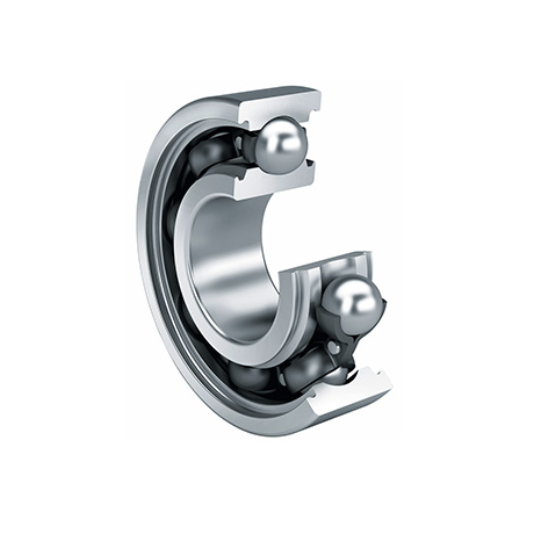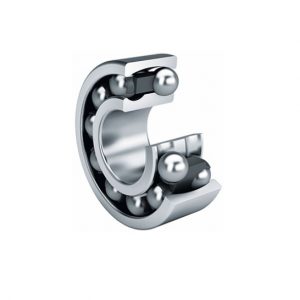Technical information on deep groove ball bearings
Deep groove ball bearings are available in single row and double row designs.
Single row bearings are particularly suitable where:
- high and very high speeds are required
- the bearing arrangement must be operated with very low friction
- very low running noise is required, without reducing the speed, load carrying capacity and operating life of the bearing (Generation C)
- high demands are made on the sealing of the bearing, without increasing heat generation or limiting the speed (Generation C)
- the bearing position is to be designed particularly economically
Double row bearings can be considered for bearing arrangements where:
- the load carrying capacity of single row deep groove ball bearings is no longer sufficient
- axial loads in both directions and/or tilting moments must be supported in addition to radial loads
- a high load carrying capacity is required and the design envelope available in a radial and axial direction is relatively small




